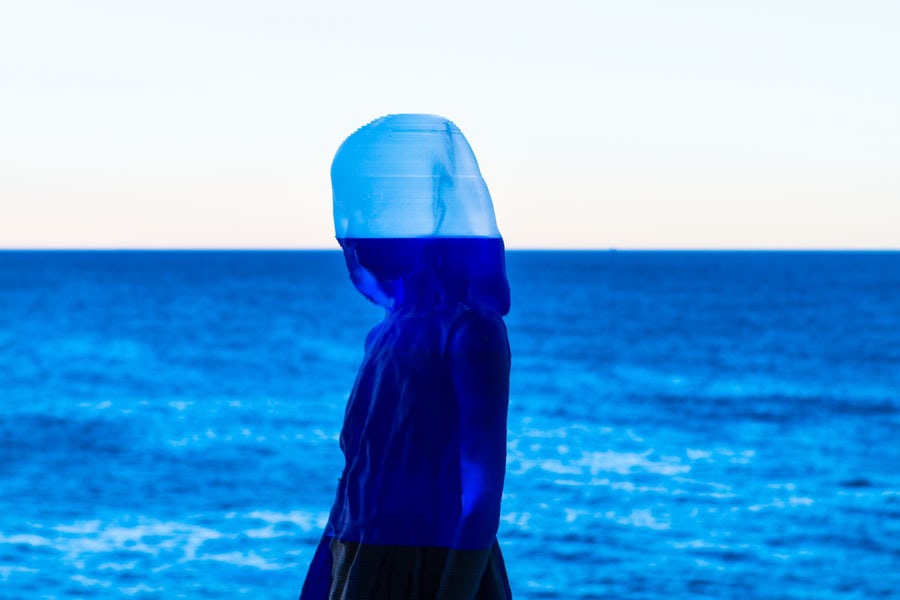It is estimated that up to 10 million people around the world are currently stateless. This figure is an estimate because it is difficult to accurately gauge the true number. Every year, nations are asked by the United Nations high commissioner for refugees how many stateless people are within their borders. Last year, the Australian government told the UN that number was zero.
Under questioning in the Senate it subsequently emerged that 37 stateless people are being held by the Australian government in immigration detention on average for more than two and a half years. Some detainees face indefinite detention which theoretically means they can be incarcerated without charge until the end of their lives. Under Australian law, persons may be detained in an Australian immigration detention or offshore in centres on Nauru and Manus Island.
The 1954 Convention relating to the Status of Stateless Persons was brought into force a mere three years after the UN’s Refugee Convention, the latter of which has become the international standard (though not always adhered to) for protection of those displaced by persecution. Stateless persons without a country to call their own have not enjoyed the same rights and protections as refugees. On March 26, a new initiative was launched to shine a light on the plight of stateless persons. Professor Michelle Foster from the University of Melbourne will head the new Peter McMullin Centre on Statelessness with a mandate to research the scale of, and reasons for, statelessness. The research will aim to develop responses to the phenomenon and work to protect the human rights of stateless people.



